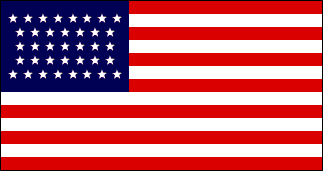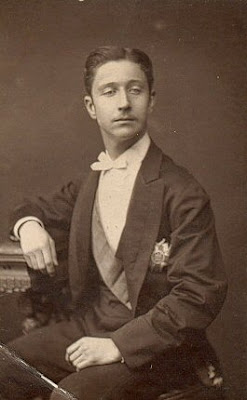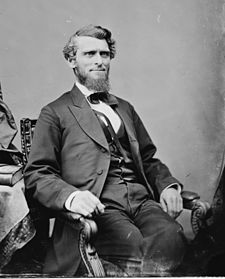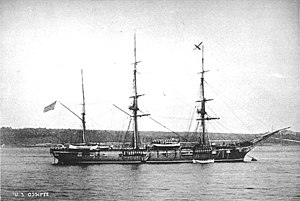The 1868 Presidential Election
The 1868 Presidential Election
An old wartime photograph of John Sedgwick
Republican from Connecticut
17th President of the United States
Republican from Connecticut
17th President of the United States
Although Abraham Lincoln’s popularity waned somewhat during his last years of office, most historians still believe he could have won reelection for President a second time. However, Lincoln decided to honor Washington’s precedent and not run for a third term. The declining health of his wife Mary Todd Lincoln might also have contributed to Lincoln’s desire to retire from political life.
At the 1868 Republican National Convention former Major General and General in Chief of the Union Armies John Sedgwick was selected as the Republican’s presidential candidate. Sedgwick, the current Republican Governor of Connecticut, easily obtained his party’s nomination without any serious opposition. For Vice President the Grand Old Party nominated the former and first Republican Governor of Virginia Arthur Ingram Boreman, illustrating the headway that the Republican Party was making in the Upper South.
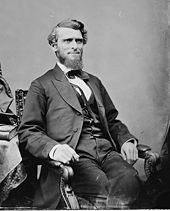
Arthur I. Boreman
Republican from Virginia
16th Vice President of the United States
The Democrats re-nominated Horatio Seymour of New York to be their presidential nominee. For Vice President however, the popular governor of Tennessee, Andrew Johnson was selected as Seymour’s running mate.
The election results of 1868 closely mirrored those of 1864. The Republicans carried all of the northern states as well as the western states of California, Oregon, and Nevada. Seymour delivered much the same performance as he did four years earlier except that Kentucky narrowly went for the Republicans. It is also worth noting that although Virginia’s electoral votes went for Seymour, the Republican Party was able to capture a significant portion of the popular vote, including virtually all of the mountainous western part of the state. In the end, John Sedgwick was soundly elected the 17th President of the United States.
Last edited:
